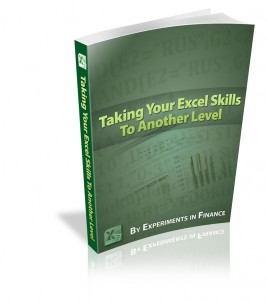Reverse auctions (also known as procurement auctions) are a type of auction commonly used in business-to-business transactions. Instead of a seller trying to fetch the highest price for his item from bidders, there’s a buyer who attempts to get the lowest bid possible from sellers.
Picture this: you work for a company that sells dog collars but who has decided to outsource manufacturing instead of making them in-house. You send out a design spec — sizes, materials, maybe colors — and in return, you receive quotes from suppliers. Your suppliers naturally want to make a profit too, so they start out their quotes on the high end, and if you were to negotiate with them one-by-one, it would take a long time, and you’d have less leverage to use against them.
Reverse auctioning solves this problem by creating a space in which all the suppliers (bidders) are aware of each other and where their bids stand in relation to one another. In most cases, if the product in question is essentially a commodity, and you have enough of a competitive situation, your results with reverse auctioning would be better than by using one-on-one negotiation. But reverse auctioning is inappropriate if you have only a few suppliers, a specialized product, or the product is not being mass-produced.
The example above is simplistic, but many Fortune 500 companies, including several high-tech giants such as Cisco, utilize reverse auctioning for their procurement needs, and FreeMarkets is by far the most popular online e-auction system.
So how does this fit into corporate finance? If you work on the cost- or manufacturing-side of operations, you may be able to introduce this concept, save the company bundles of money, and improve ROI. Nevertheless, as in other B2B situations, implementation will take some convincing and relationship-building both within and outside the company, and as contracts are involved, the legal department will also need to provide input.
But don’t think reverse auctioning is only limited to the realm of businesses. FightingChance’s car-buying methodology also uses the same concept, with great success.
***************************************************
Look Good at Work and Become Indispensable Become an Excel Pro and Impress Your Boss

***************************************************


serge's page
i know how they work – supposed to get best value/price for ptoduct supplied.
ok, but what abt informing the mkt tht yr looking for something? if theres no known pub page then potential suppliers hve no way knowing yr looking 4 best value and fail 2 bid
Ricemutt
I might not be understanding your question correctly, but usually reverse auctioning happens in the B2B arena, with suppliers you’re already dealing with. It’s just a different channel to use to get bids instead of using a phone or email. As far as getting the word out, I’d guess that with either reverse auctioning or traditional bidding, you’d have to find a way to alert suppliers, that’s true.
Paris Roussos
Another interesting reverse auction which is a yellow pages local model is http://www.metrohorse.com Thanks for your posting very interesting.